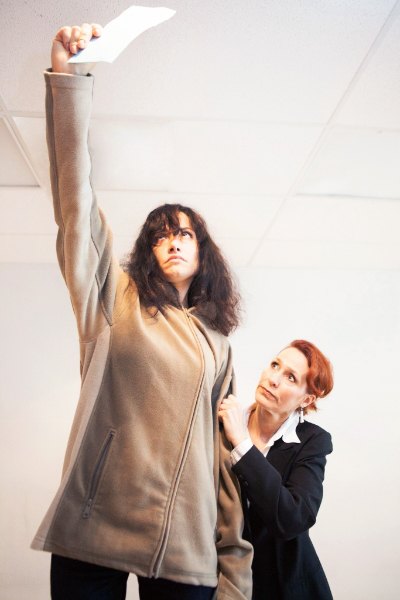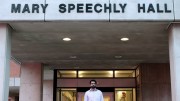A constant issue among cities and universities across the country is food insecurity. At universities across the country, the crisis is only rising — especially at the U of M.
When the University of Calgary’s food bank hit 83 users this September, it began running out of food on its shelves.
In 2018, Dalhousie University’s food bank saw a 30 per cent increase in demand and reached 200 users.
Last year, the U of M food bank had 298 users who made over 708 visits. It was the second consecutive year demand increased going back to 2016.
Demand in the first two months of this academic year has increased significantly. There have been 182 users and over 250 visits, not including November numbers.
Visits have also taken a sharp upturn in recent years — 2017 saw just over 500 visits to the U of M food bank, and just over 700 in 2018.
Between January and October of this year, visits to the food bank have already surpassed the entirety of 2018’s numbers.
Full-time enrolment at the U of M increased by 2.8 per cent this year, and overall enrolment surpassed 30,000 students for the first time. The University of Calgary has comparable enrolment. Dalhousie University’s enrolment is just over 19,000.
U of M food bank co-ordinator Kelsey Bencharski said it is unclear if demand is increasing because more students are facing hardship or more are aware of the service.
Students can attend the food bank once every three weeks to choose from available items off of the shelves. Bencharski said she knows food banks are not the entire solution to solving food insecurity for students on campus, but the service helps alleviate costs.
“Everyone comes in here knowing that’s not enough food for anyone for three weeks,” she said, “but it’s really just to help offset the cost of some other groceries they might want to buy.”
Food banks provide assistance for low-income households, but fall short of meeting the complete needs — and food is not the only expense to worry about.
Winnipeg Harvest director of client services Grace Weigelt said while demand for food has remained consistent this year, nearly half of all regular users are single adults, including students.
“We know that people are having to make hard choices every month,” she said. “There’s not a lot of low-rent housing or apartments, so people are having to pay a lot more of their income now on housing, which doesn’t leave a lot left for food.”
“I think for students the big one is just [that] a lot of them are not working full time — some are not working at all, some are working part time — and so trying to pay those bills plus tuition is really challenging,” she added, noting there are many international students who visit Winnipeg Harvest.
Louis Gheorghica, a volunteer with Poverty Awareness and Community Action (PACA), has experienced food inequality first hand, and said there is an additional stigma faced by students.
“You’re a student, so people automatically think you have the money for food, which is not necessarily the case,” she said. “There’s a lot of people on low-income able to go to school, but they are either paying so much into their schooling they can’t pay for food.”
The Nov. 22 PACA workshop had student and faculty participants role-play to develop a deeper understanding of the stresses and pressures of poverty.
PACA program assistant and community volunteer Kae Normandeau said the workshop gives participants a “glimpse into the life of living on a low income for somebody in Winnipeg.”
“Students and faculty are given the opportunity to speak to somebody from Winnipeg who has lived experience in poverty so that they can see what the truth of poverty is versus what they hear outside of it,” she said.
PACA hosts workshops throughout the community, and Normandeau, who has experienced food insecurity, said getting more people involved is crucial to addressing poverty.
“The name of the group is Poverty Awareness and Community Action and the most important part of that is community action because poverty impacts everybody,” she said.
“It’s not just people who are in the low-income bubble, it’s everybody because it impacts every part of our society.
“Everybody needs to get involved. Everybody needs to recognize that we all need to work towards making this change.”





